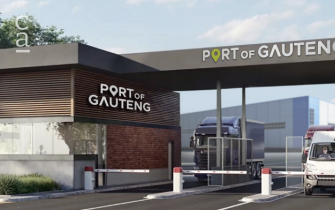All Africa
Sub-Saharan Africa Tops Chinese BRI Construction Engagement In 2023
Namibia, Eritrea and Tanzania have seen major growth in the first half of the year.

Sub-Saharan Africa saw a 130% year-on-year increase in Chinese investments related to the Belt and Road Initiative (BRI) during the first half of 2023 and a 69% increase in Chinese construction contract engagements. This is according to the China BRI Investment Report 2023 H1, published by the Green Finance
Want to continue?
Subscribe to get access to premium content
By subscribing you get access to the Newsfeed, Tenders, Events



